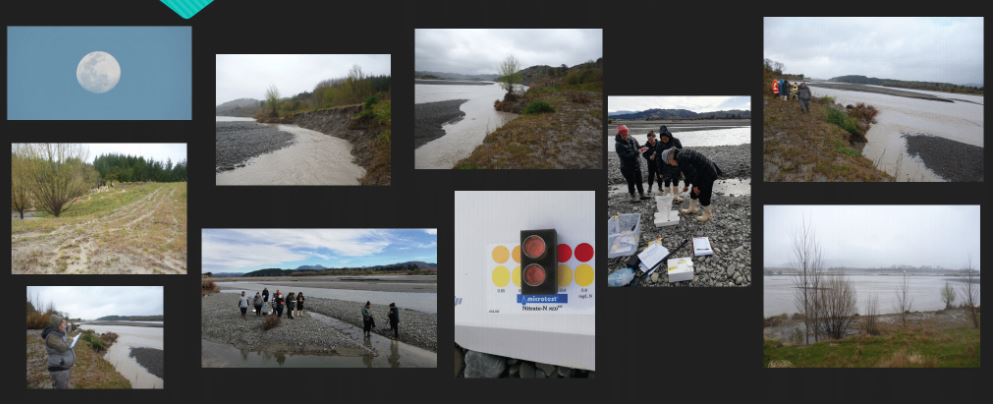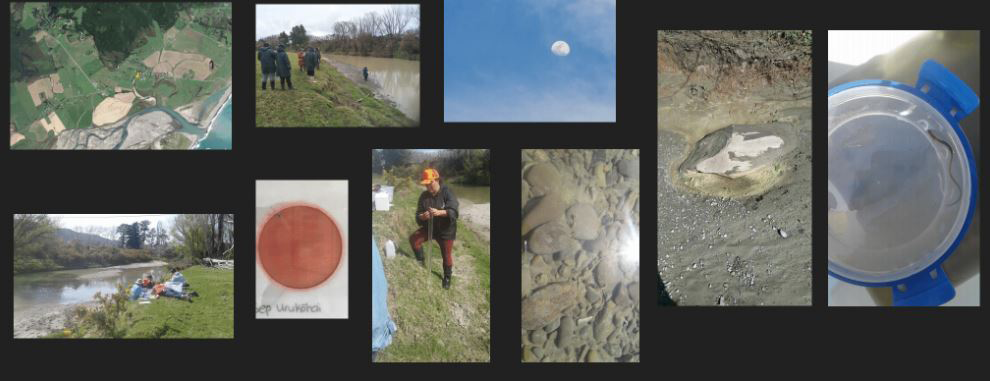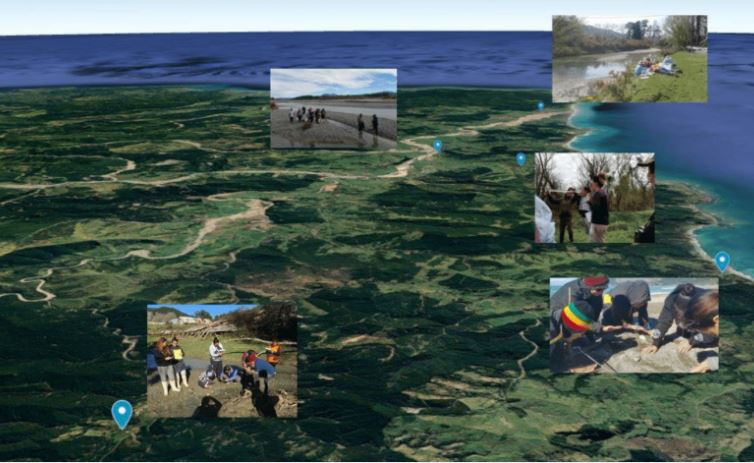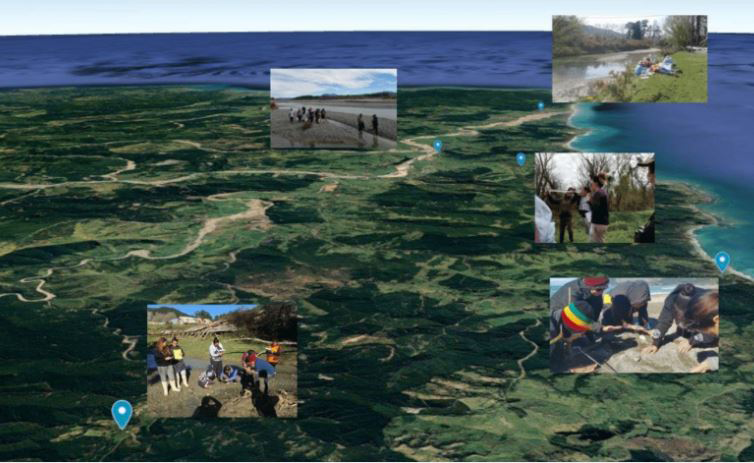The Waiapu catchment is the sacred ancestral river of the Māori people. The symbiotic relationship of the catchment and the indigenous people’s cultural wellbeing is of primary concern. When the New Zealand government was established in 1853, and subsequent local governments were formed, the management and decision making for the freshwater and natural resources of the river was taken away from the people.
This project of establishing the Te Poho o Huturangi Taiao Hub is an actual step towards the Maoris’ self-determination and reclaiming of culture and resources. A series of workshops was conducted to ensure that all tribes were consulted for the processing of resource consent applications. Thus the Hub which is now operational, facilitates workshops on environmental and resource management. This has the approval or consent of tribes and sub-tribes whose cultural values and concerns are considered.
The network of specialists on geomorphology and hydrology interference was created to advise subtribes to identify the cultural values related to the sub-catchment plants. A cultural wellbeing matrix was developed that also serves as a monitoring framework for subtribes who have reclaimed ancestral sub-catchments. They consider their food systems, gathering activities around the river, art forms such as carvings and weavings in gathering spaces, songs, prayers, oratory arts, and their prayers. For example, the subtribes in the upper catchment use the phrase “Waiapu Mother of Many” to describe their relationship with the river. The subtribes in the lower catchment who are risk-prone, use the term “The waters that devour land and people.” These are both ancient sayings describing the river’s nature in different parts of the catchment. These also provide some grounding and cultural context for the values and relationships the people have with the river.

Through an education program and resource management workshops, the subtribes track and respond to the needs of the river, and their own needs as people of the river. They decide over their own freshwater and natural resources, securing the ecological wellbeing and food systems. By tracking and assessing the wellbeing of their river through the various types of land use, they are able to hold the government and industries accountable for the impacts they deal on the Maori territories. The reduction of harmful impacts and focus on an ecologically regenerative landscape encourage the return of the people, and re-kindle their sacred relationship to, and nurturance of the river.
The Hub became a post for communities to be aware of activities along the river, in a way reclaiming their involvement in the management of the river that was lost for many generations, and enabled the people to deal with contemporary challenges. Elders and bearers of knowledge relating to the river shared their memories and knowledge with the community to guide the discussions and center them in their own Ngati Porou truth. Majority of the workshop participants were women and they comprise the monitoring team with one male elder. The youth too, consistently participated in all the workshops.

The project has resulted in better relationships between the local subtribes and industry applicants who, at times, provide their forestry harvest plans. A permanent relationship between technicians and the subtribes has been developed with confidence-building and cooperation on matters of training and scholarships in freshwater ecology, river engineering and geomorphology for the benefit of the tribe.
Monitoring is done with traditional calendrical systems. The people arerebuilding ancient ecologicalcalendars on phases of work, abundance and rest and re-learning river traditions (prayers,songs,ceremonies) as a measure of the wellbeing of their river. By using GIS technology and oldsurveymapsfromthe1800s, old maps were layered over the top of Google earth to return the ancestral names of mountains, rivers, and landscapes. They engaged all hapu for advice in their preferred protocols for data management and protection of intellectual property through the use of these innovations.

The project Ngāti Porou Taiao Hub was implemented by He Oranga Mo Nga Uri Tuku Iho Trust with support from Pawanka Fund.

